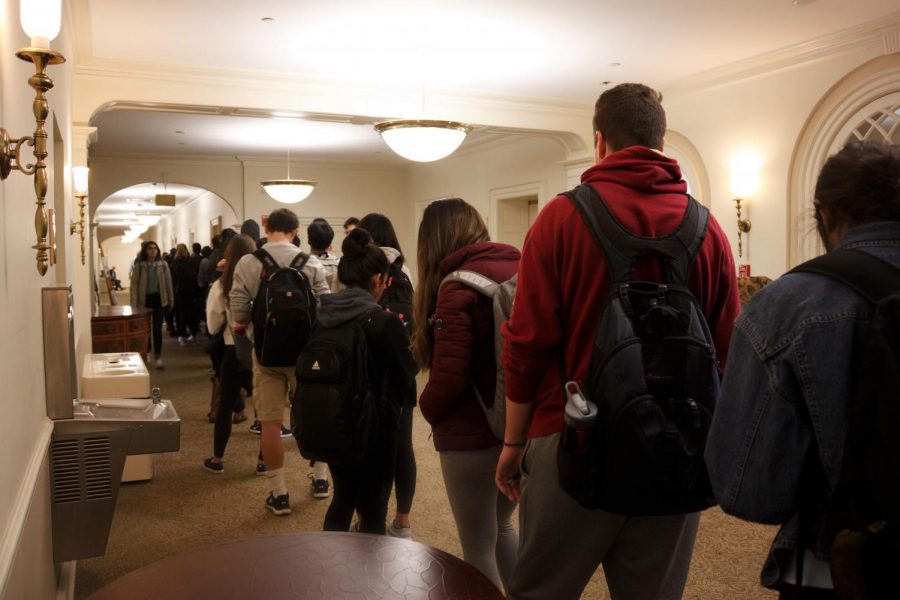UI students shape local election results despite long waits to vote
Midterm elections saw a high number of voters despite the long lines at the polling locations. Large pushes to get students to vote made youth voters the driving factor behind increased diversity in local government.
Nov 12, 2018
Recent research shows that the increase of youth voter turnout rate shaped the results of the 2018 midterm elections. The University saw a record number of voters at its various polling locations.
A statement from the Illinois Student Government said that although many organizations and individuals on campus have been committed to providing accommodations and assistance to the voting processes, many students were still rendered unable to vote.
Students experienced waiting times from 30 to 90 minutes at polling locations such as the Illini Union and the University YMCA.
“This constitutes an undue burden on students, many of whom had to skip classes and other obligations to vote as a result,” the statement said. “This follows a historical trend of understaffing and underequipping student polling places in Champaign-Urbana.”
The ISG stated that moving forward, it will be reaching out to new leadership in the County Clerk’s office as well as University administration to ensure the same types of problems students experienced while attempting to vote this year will not be repeated in the 2019 Municipal election and the 2020 General election.
Get The Daily Illini in your inbox!
Aaron Ammons, Champaign County clerk-elect this year, said there were voters at the Illini Union polling location lining up from the fourth floor all the way to the first floor. He said students were also transported to other polling locations to vote, including the Church of the Living God.
“It’s extremely important to all of the races, especially for those of the democratic swift that we just witnessed for the countywide races, the students involving is always, what I want to call it, the glue to helping us solidify a more democratic process and to make sure their voices are heard,” Ammons said.
Dawson Dodds, junior in Business, said he thought there were a lot of movements behind the midterm election this year.
“Everyone seems to be telling everyone else to vote, friends or others, encouraging them to vote in group chats, on Facebook, Twitter and every social media,” Dodds said.
Jared Perovic, junior in LAS, said he saw more students voting this year compared with the last election in 2016. He said there were movements to push students to vote during the last General election, but this year it was more effective.
“That message of ‘getting out to vote’ has always been around, but I think now that politics looks a little bit different now, and it makes people a lot more emotionally angry, one side or the other, yet that message was afforded a little bit more power,” Perovic said.
Ammons said the work of students groups, community organization and candidates contributed to the high voter turnouts this year, and the need for the changes in politics also pushes students to vote.
“I think people across the country were pushing back on the vitriol and the hateful rhetoric coming out of the White House, and we want to send a message that we don’t want that direction of the country,” He said.
Ammons said student turnout is a driving factor to bring diversity and representation of different sexuality and races in local government.
“Another thing I think for students is that they started to see this is how they create the world they want to live in, and they elect people that represent their values, that the things are important to them. And that is how they create the change. And I’m very happy to see that happen,” he said.
Champaign County Clerk Gordy Hulten and Illinois Student Government did not respond in time for publication.






